India needs to play a bigger role in resolving Rohingya issue
Shringla also assured Myanmar of India’s support for the safe repatriation of displaced Rohingya Muslims from Bangladesh. About 40,000 or more Rohingya live in Indian cities, including Kolkata and Delhi, so India has its own reasons to push for a solution to the Rohingya problem, writes Subir Bhaumik for South Asia Monitor
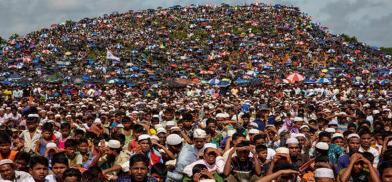
Indian Foreign Secretary Harsh Vardhan Shringla’s visit to Bangladesh has been followed by a visit to Myanmar where he was accompanied by Indian Army Chief Gen M.M Naravane on October 4. While the military component of Indian diplomacy in Myanmar has increased over the last few years, there is no reason to play it down in the context of Bangladesh, especially due to the Golden Jubilee of Bangladesh’s Independence.
If Naravane had accompanied Shringla to Dhaka, as he did to Naypyitaw, the modern capital of Myanmar, some say it might have turned the spotlight on the Liberation War fifty years ago when the Indian Army and Mukti Fauj fought together and destroyed the Pakistani military machine in the East.
Rohingya issue
Flagging improvement in India-Bangladesh military relations is particularly important when the army is seen as a stabilising factor in COVID times, with the state capacity to handle such a pandemic crisis leaving much to be desired.
But Shringla has carried to Myanmar Bangladesh’s concerns over the delay in starting the repatriation of the Rohingyas that were shared with him during his whirlwind visit to Dhaka in August. India is now in a better position to persuade Myanmar to do its bit in the Rohingya issue because the Burmese, including its powerful military, need Indian support to curb the Arakanese insurgency.
Delhi has its own reasons to take on the Arakan Army which is disrupting work on its strategic Kaladan Multi-Modal Transit Transport Project (while welcoming the Chinese Kyaukphyu deep seaport and SEZ project). But that the Arakan Army’s predecessor National Unity Party of Arakan (NUPA) had covert links to Indian agencies until the 1998 Operation Leech crackdown does point to alternate options that Delhi has in the murky Rakhine lowlands.
Outreach to Bangladesh, Myanmar to counter China
The outreach to Bangladesh and Myanmar is seen in the context of India’s growing border tensions with China and the possibility of an escalating the military conflict that the US, for one, is openly discussing - what with National Security Advisor Robert C. O’Brien and Secretary of State Mike Pompeo talking of ‘no use for talks anymore’ in view of huge Chinese military deployments. Wooing Myanmar and Bangladesh may be driven by obvious military compulsions - the Chinese can slice through the Kachin Corridor to outflank Indian defences in eastern Arunachal, while the presence of the Chinese navy in the Bay of Bengal and the army in the Himalayas makes it necessary to have a friendly Bangladesh.
India has viewed with some concern the Chinese economic offensive in Bangladesh, especially announcing zero tariffs for more than 5000 items. But Delhi is yet to come up with a somewhat same move to match this initiative - access to Indian markets by Bangladesh manufacturers has been a sore issue over the years and pro-India business groups in Bangladesh are keenly waiting for Delhi to make some "positive announcements".
During the two-day visit of Shringla-Naravane to Myanmar, there were discussions on a range of topics, including boosting connectivity, power, and energy projects, and working together to beat COVID-19. Indian media reported that New Delhi had proposed building a US$6-billion petroleum refinery project near Yangon.
Repatriation of Rohingyas
Shringla also assured Myanmar of India’s support for the safe repatriation of a million displaced Rohingya Muslims from Bangladesh. About 40,000 or more Rohingya live in Indian cities, including Kolkata and Delhi, so India has its own reasons to push for a solution to the Rohingya problem.
There is no escaping the fact that the final solution to this problem lies in Myanmar’s accepting the Rohingyas as its own people and incorporating them in the schedule of races (135 so far) in Myanmar. But the all-powerful military has its own take on the issue and India has to engage with it for both solving the Rohingya problem and enforce the quid pro quo (denial of the Sagaing-Kachin zone to anti-India rebels in lieu of Indian support for fighting the Arakan insurgency backed covertly by China).
Needless to say, India provides the space to Myanmar not to be dominated by China or any other country, but here lies the catch because China provides a similar alternative to Bangladesh to avoid overdependence on India and a bargain to pressure for key concessions like river water-sharing deals.
Nobody expects a major breakthrough in either the Rohingya repatriation issue or in the peace process called Panglong Two but India, if it has to be seen as a major player in South-East Asia, will have to play a big role in both the Burmese peace process and the Rohingya issue. There is no way it can leave the arena to the Chinese and then complain later.
(The writer is a strategic analyst and editorial director at www.theeasternlink.com. The views expressed are personal)




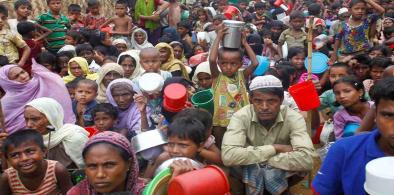
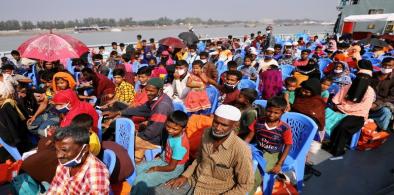
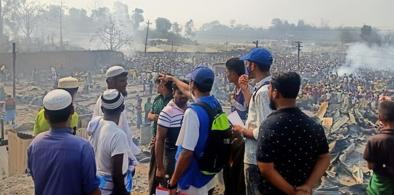
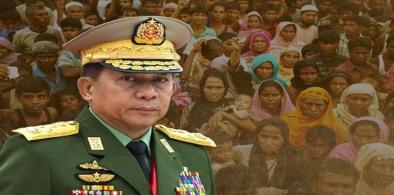
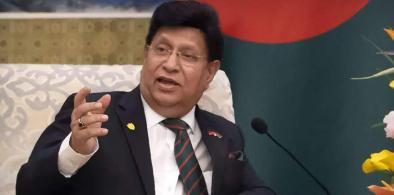
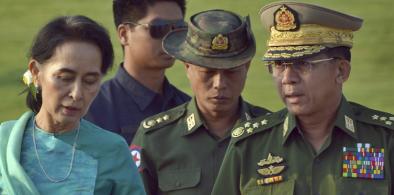
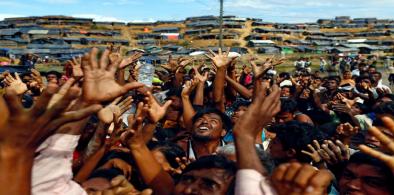
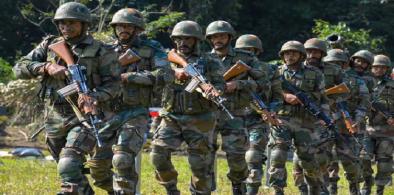
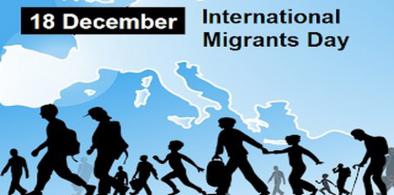
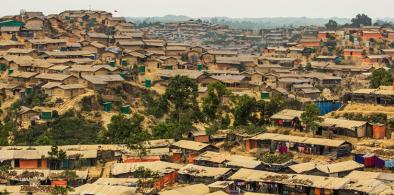







Post a Comment